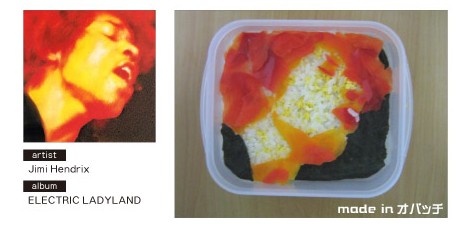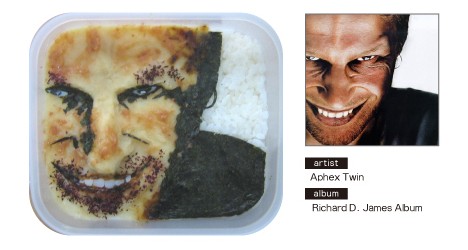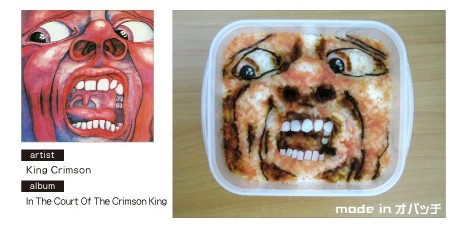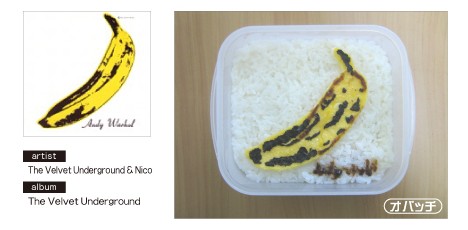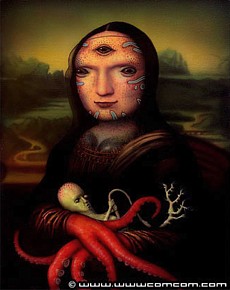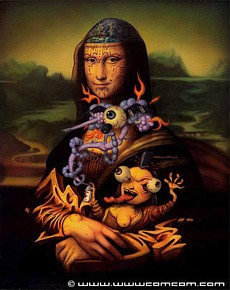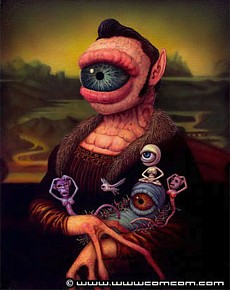The Kaibo Zonshinzu anatomy scrolls, painted in 1819 by Kyoto-area physician Yasukazu Minagaki (1784-1825), consist of beautifully realistic, if not gruesome, depictions of scientific human dissection.
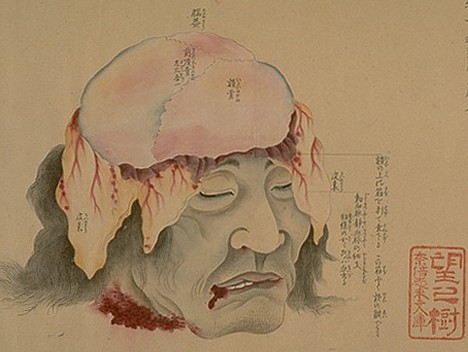
Unlike European anatomical drawings of the time, which tended to depict the corpse as a living thing devoid of pain (and often in some sort of Greek pose), these realistic illustrations show blood and other fluids leaking from subjects with ghastly facial expressions.
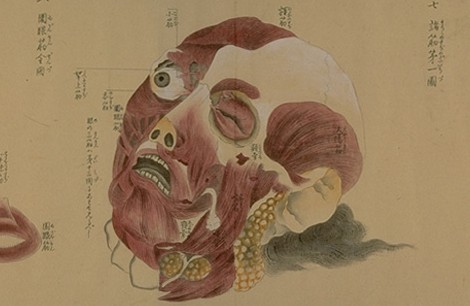
The fact that the bodies used in scientific autopsies in Edo-period Japan generally belonged to heinous criminals executed by decapitation adds to the grisly nature of the illustrations.
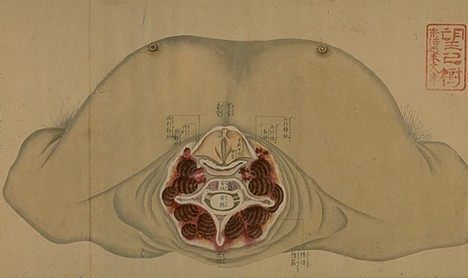
According to the Keio University Library (where these documents are currently stored), the two scrolls contain 83 illustrations based on Minagaki's observations of over 40 bodies. They are regarded as the best collection of early 19th-century anatomical drawings by a Japanese hand.
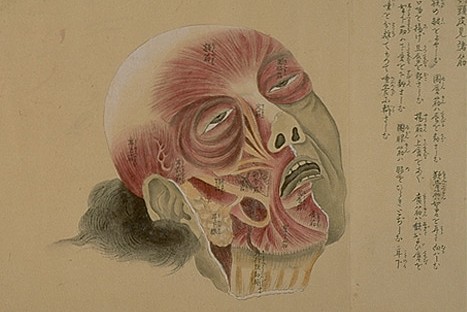
The first scroll includes a handwritten compliment by Philip von Siebold, the German physician credited with being the first European to teach Western medicine in Japan, who was reportedly impressed by the quality of the drawings when he observed them in 1826.
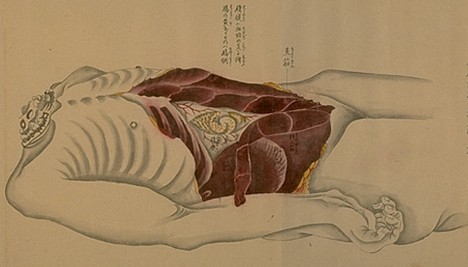
Siebold's note, in Dutch, reads: "This anatomical research has been carried out with great diligence and should therefore achieve great recognition."
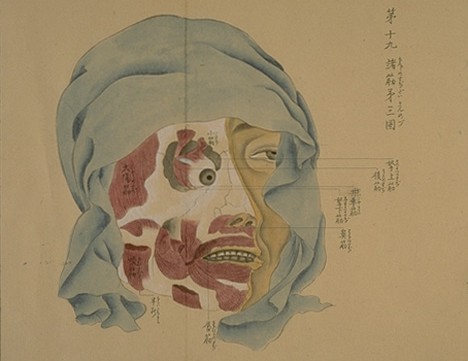
In 2003, Japan's Ministry of Culture designated Kaibo Zonshinzu an important cultural property, saying that the scrolls, which were produced as a result of actual observation and based on Dutch scholarship, demonstrate the level of knowledge that medical science reached in the Edo period.
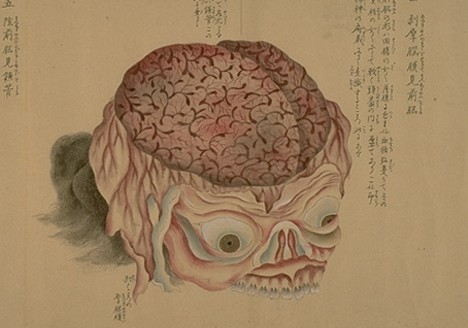
[Link: Kaibo Zonshinzu via Ectoplasmosis >> Morbid Anatomy >> Bibliodyssey]



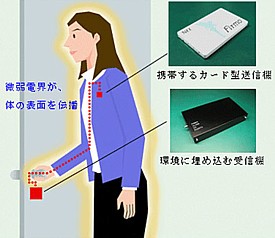 NTT has begun selling a device that transmits data across the surface of the human body and lets users communicate with electronic devices simply by touching them, the company announced on April 23.
NTT has begun selling a device that transmits data across the surface of the human body and lets users communicate with electronic devices simply by touching them, the company announced on April 23. 
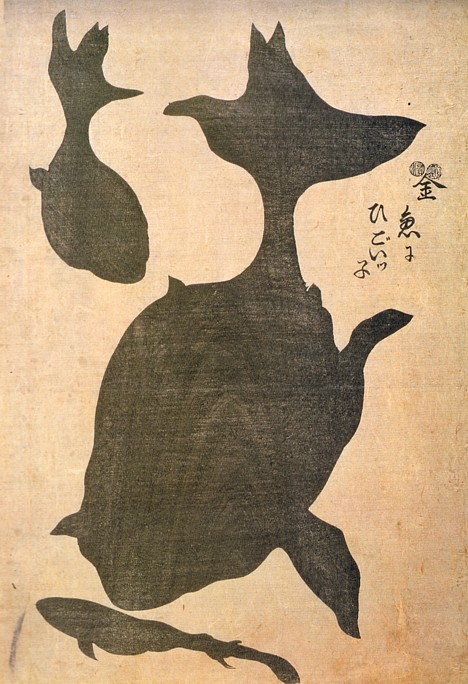
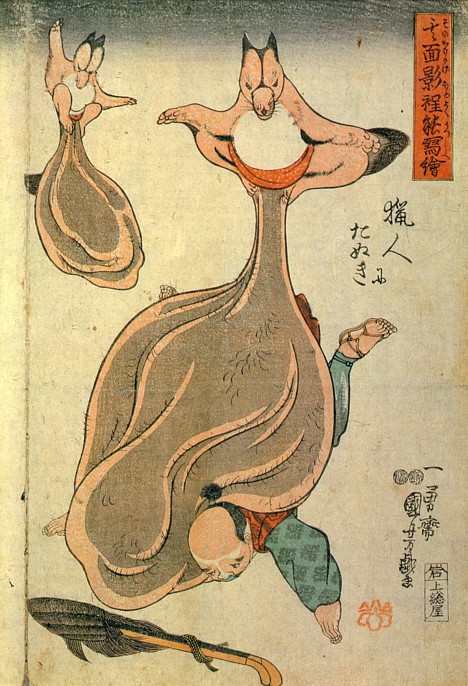
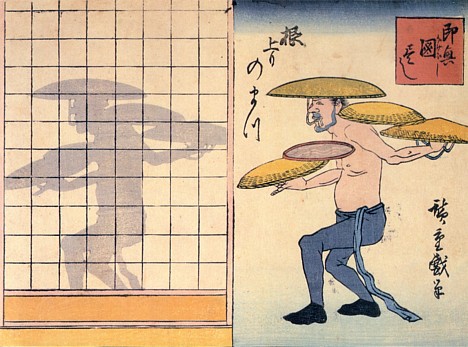
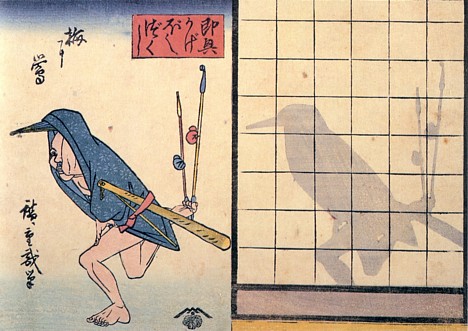
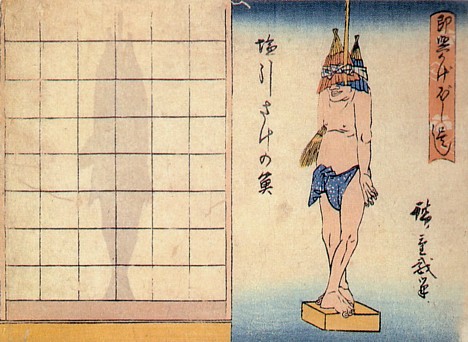
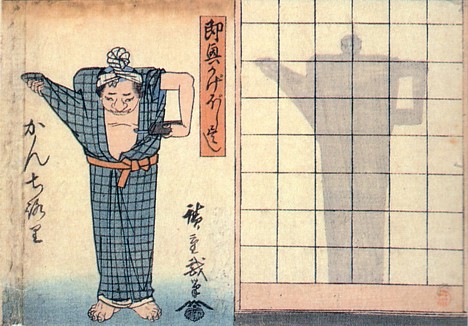
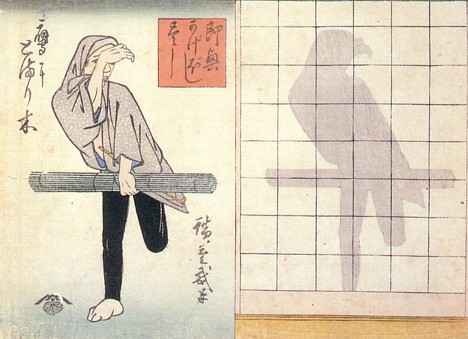
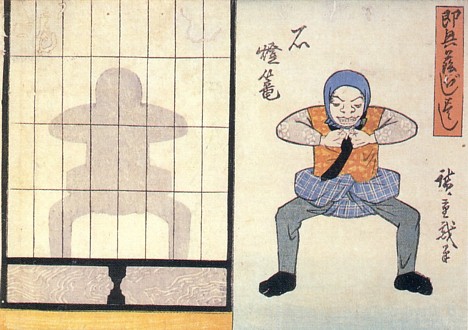
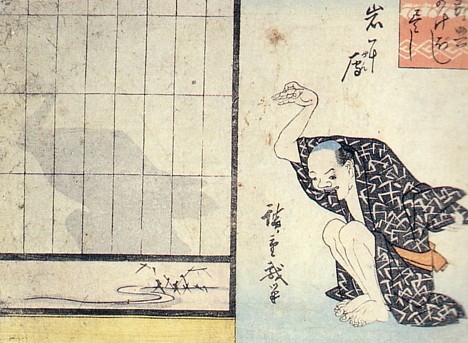
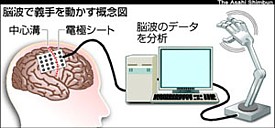 Researchers at Osaka University are stepping up efforts to develop robotic body parts controlled by thought, by placing electrode sheets directly on the surface of the brain. Led by Osaka University Medical School neurosurgery professor Toshiki Yoshimine, the research marks Japan's first foray into invasive (i.e. requiring open-skull surgery) brain-machine interface research on human test subjects. The aim of the research is to develop real-time mind-controlled robotic limbs for the disabled, according to an announcement made at an April 16 symposium in Aichi prefecture.
Researchers at Osaka University are stepping up efforts to develop robotic body parts controlled by thought, by placing electrode sheets directly on the surface of the brain. Led by Osaka University Medical School neurosurgery professor Toshiki Yoshimine, the research marks Japan's first foray into invasive (i.e. requiring open-skull surgery) brain-machine interface research on human test subjects. The aim of the research is to develop real-time mind-controlled robotic limbs for the disabled, according to an announcement made at an April 16 symposium in Aichi prefecture. 
